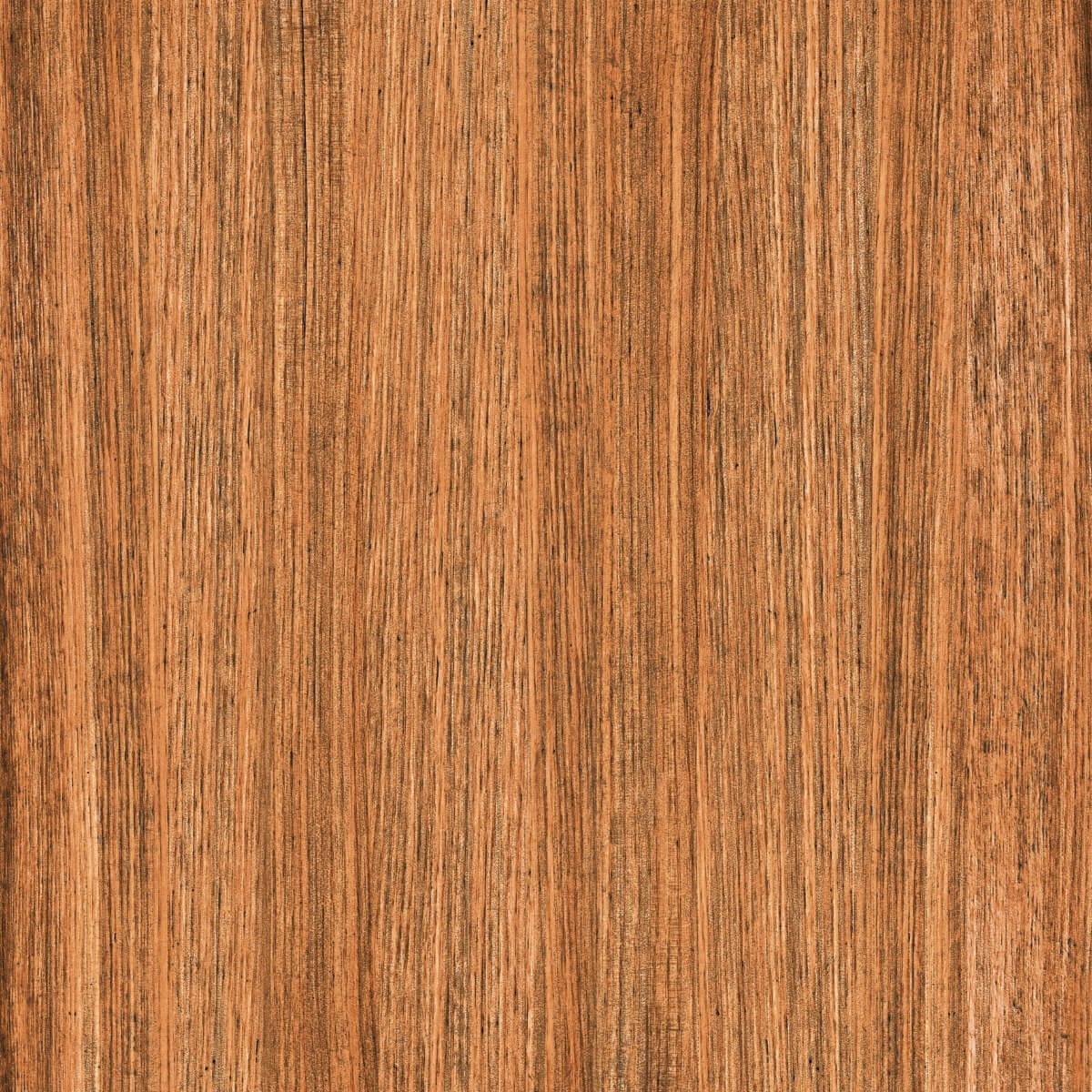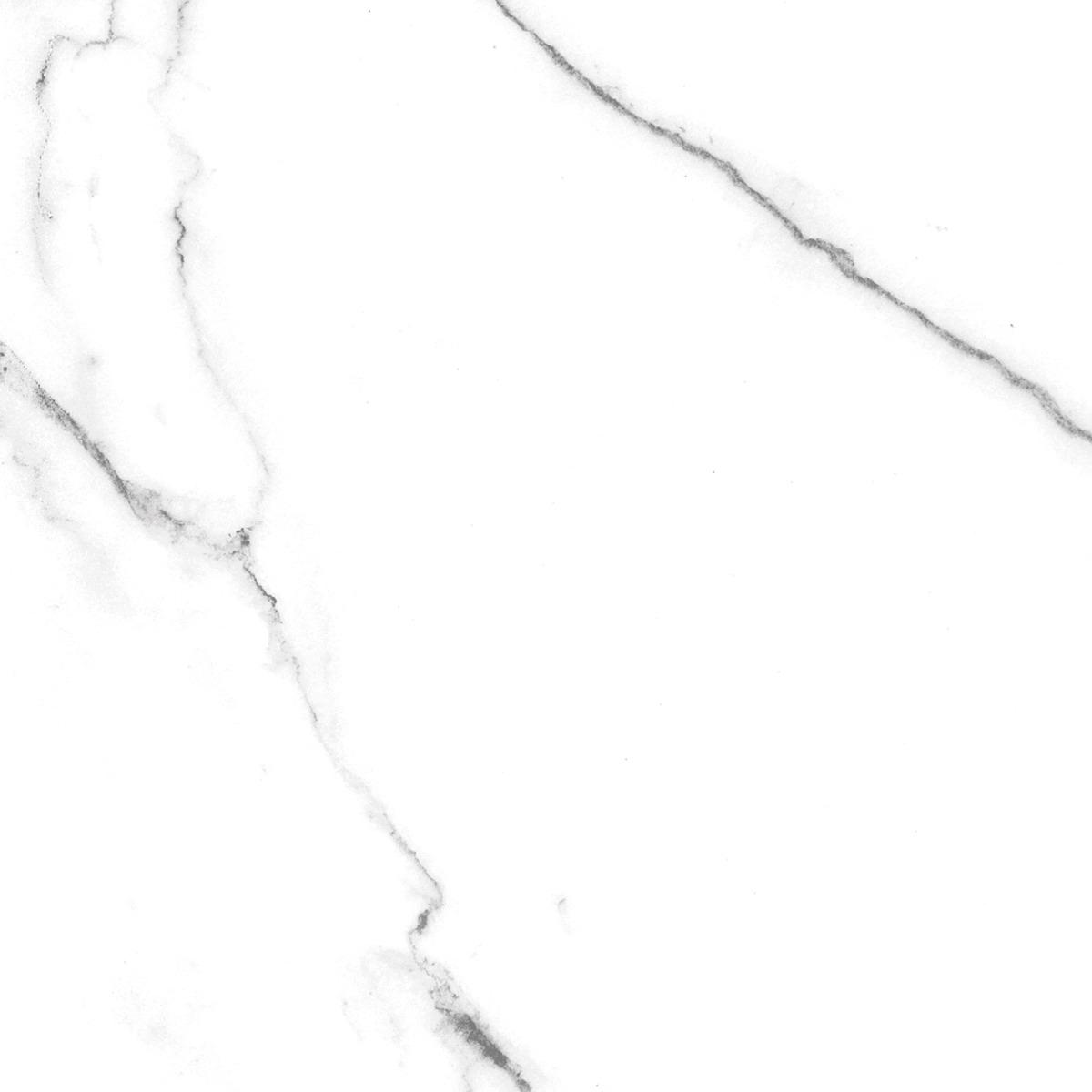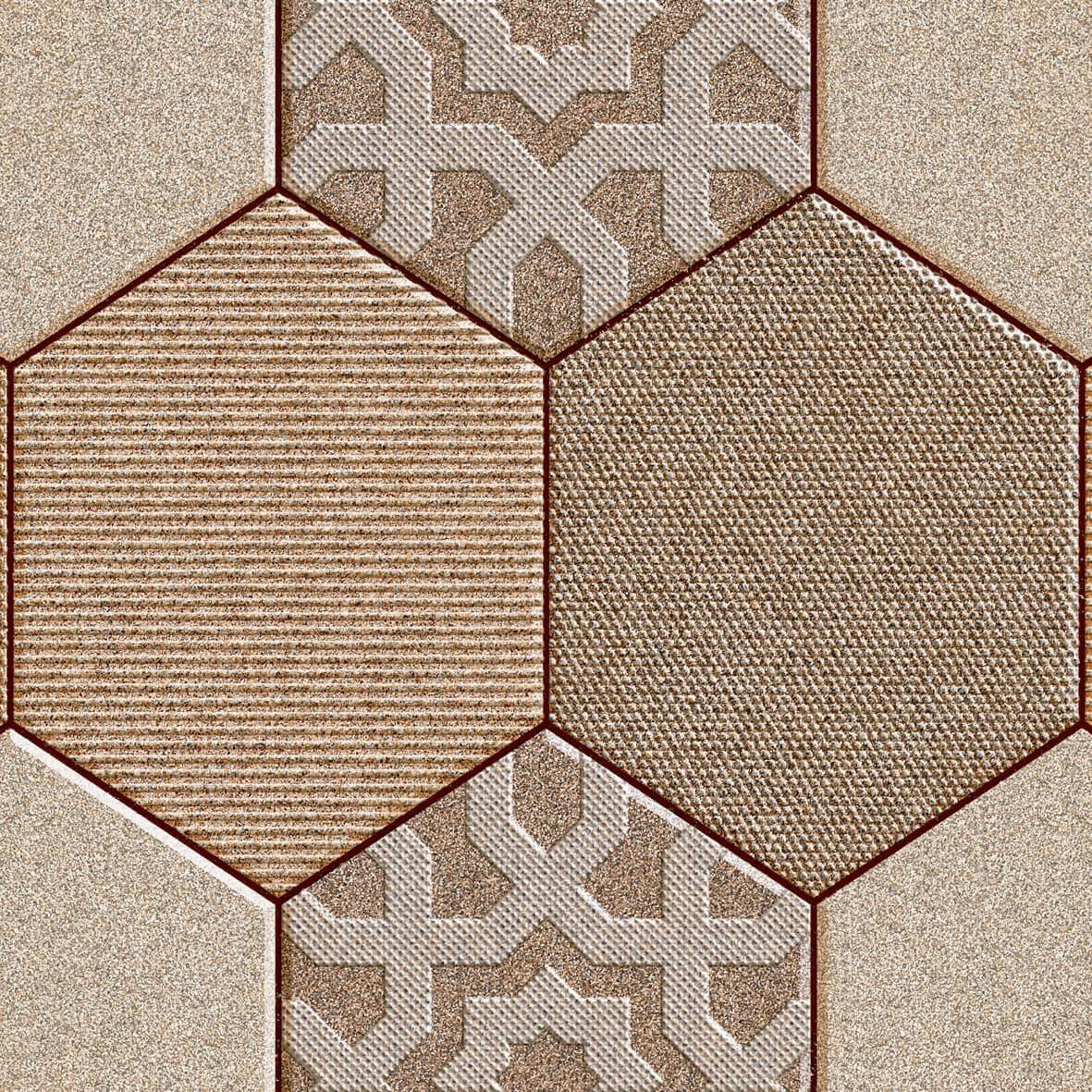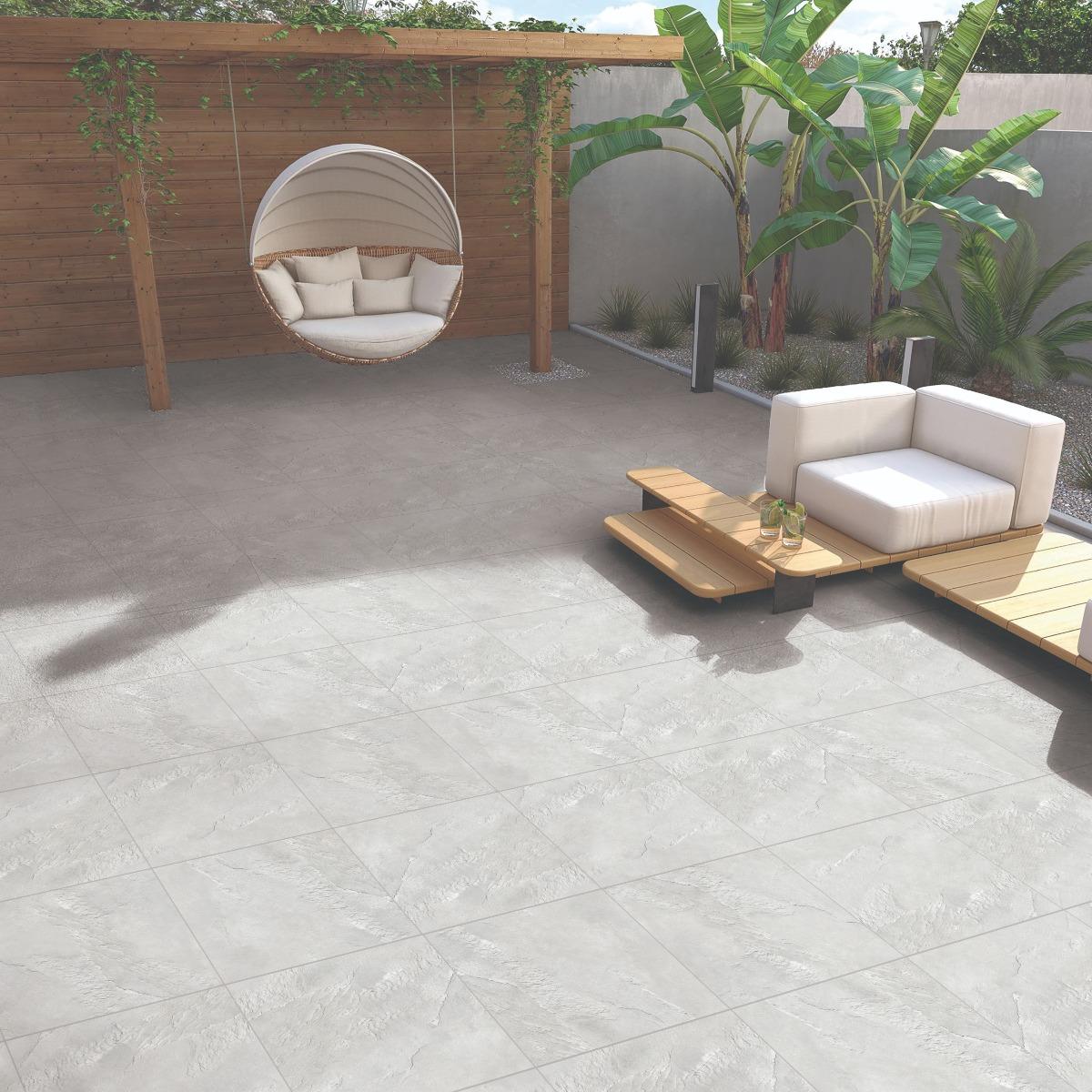![]()
Kitchen is one of the most important spaces in any household, it is the kitchen where a whole lot of flavors come together which binds a family together over a dinner table. The way you cook tells a lot about your culture, family and your heritage. And one makes all the efforts to put their best foot forward.
While the kitchen brings the family together, it is the spillage and the amount of work that happens in this space that can turn your shiny kitchen into a dull one if it is not maintained and cleaned regularly.
Tiles, by themselves, are popular in any given space for their convenience of cleaning and overall maintenance. Although tiles can be used in any part of the home, kitchen tiles both wall and floor often require a tad bit more attention since they are exposed to more grease and dirt in comparison to other places.
How To Clean Kitchen Tiles At Home?
Here’s how you can keep your kitchen tiles clean and shiny: follow these simple tips on how to clean tiles in the kitchen effectively and maintain their sparkle every day
Clean Tiles Using Vinegar & Water
![]()
Vinegar works as an excellent agent for cleaning as it wipes the grease right off the tile surface. It acts as a natural disinfectant and blocks any foul odour.
Vinegar can also be used to clean water and smoke stains from the wall tiles effectively. Use equal parts of vinegar and water, use a clean cloth to dip into the solution and swipe on the surface.
Alternatively, you can store this solution in a spray bottle and use this at night before winding up kitchen chores for the day for best results.
Baking Soda
![]()
Be it ceramic or vitrified tiles, wall or floor, baking soda is a great cleaning agent to remove oil stains from the tiles. Just take baking soda on your sponge and gently scrub it on the surface of your backsplash, kitchen countertop or even on your floor tiles.
Remember to do this gently as harsh scrubbing could cause abrasion on the smooth tile surface.
Once cleaned, use a lean cloth or a sponge dipped in normal water to wipe the area clean.
Use Vegetable Oil
As strange it may sound, another, not so popular, method is cleaning wall tiles with vegetable oil. Vegetable oil is very gentle on tiles and cleans tiles effectively as it attracts oil with oil. On a tissue, pour a little amount of oil and scrub it over oil stains to clean the surface and restore sheen.
Remember once the cleaning is done, use a wet cloth to wipe the area for added finishing to the kitchen area you are cleaning.
Mild Detergent & Water
![]()
Other than vinegar and water treat, a small amount of mild detergent can be used to clean the wall and floor tiles. The detergent and water solution can be used to gently mop the floor and walls everyday, however, on days when stains are stubborn, thi solution can be used to wash floor or wall tiles.
You can also opt for germ-free tiles that kill 99.9% germ causing bacteria. These germ free tiles are perfect for kitchen floors and work effectively between mopping cycles.
Lemon & Borax Paste
![]()
Borax powder is readily available at sanitary stores or other over the counter hardware stores. The Borax powder comes inexpensive and is a great tile cleaning agent, especially if the stains around the sewer are stubborn.
You can mix borax powder with lemon juice to form a grainy paste which can be applied or lightly scrubbed over the tiles be it wall or floors.
It has proven highly effective to clean scaling around wet areas of the kitchen. You can choose to clean the surface with a clean water post using this method to clean the tiles.
Daily sweeping, mopping or vacuuming the kitchen floors will keep the building up of grease and dirt in the kitchen at bay. Another way to maintain kitchen floor tiles is to mop and sweep everyday and deep cleaning once a week.
The deep cleaning should include vacuuming the kitchen thoroughly, especially in the corners where dirt accommodates and regular brooms may not reach the spot. Vacuuming will also ensure there are no webs hanging and kitchen walls look neat.
Weekly cleaning of floors with a stronger cleaning agent like hydrogen peroxide keeps the floors clean and disinfected. Any oil spillage should be cleaned immediately to prevent staining.
Also Read: How to Clean Kitchen Floor Tiles?
How to Clean the Grouts?
![]()
Grouts are used to fill in the space between the tiles and help them stick together. Grout now comes in multiple shades to match the color of your tiles.
While ensuring you clean your kitchen tiles time and again never forget to clean the grout along.
- Water and baking soda paste can be used once a week while deep cleaning on the grouts of both wall and floor. If the marks are stubborn then replace water with vinegar for best results.
- Apply this paste, leave it on the grout of the tiles for 5-10mins, use a toothbrush to scrub it gently. Now clean it using plain water or use wet cloth to clean the tile and the grout area.
- If you are using this method for the first time on dirty grout, the same should be repeated or the process can be repeated twice a week to get best results.
After Cleaning Tips
![]()
Cleaning tiles is a much simpler process over cleaning and maintaining natural stones like marble and granite however any surface that has wear and tear will need regular cleaning.
- Always after cleaning your kitchen wall tiles and floor tiles and let the surface get dry by itself. A clean and dry surface will attract less germ causing bacteria.
- Never delay the cleaning of stains until later. If something is spilled on the floor or the walls, clean it immediately. Longer the stains sit untreated the stubborn they get. Clean it using a wet or dry cloth depending upon the nature of the stain.
- Keep the wet areas of the kitchen dry. This will help water to stay stagnant which results in scaling on the tile surface. This is not just unpleasant to look at but can cause slippery surfaces, resulting in unwanted accidents.
Floor and wall designs are now available in an array of shades, colors, textures and sizes. The options are unlimited and with innovativations in the market this variety is only set to grow. No matter how beautiful or expensive your tiles are, until they are maintained properly they will tend to lose their sheen and beauty. To keep your spaces neat, tidy and as good as new, follow the above steps.
Do let us know which tile cleaning method works the best for you? We would love to include it in our next blog.





















